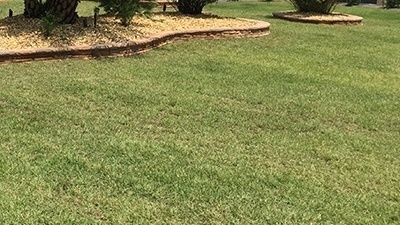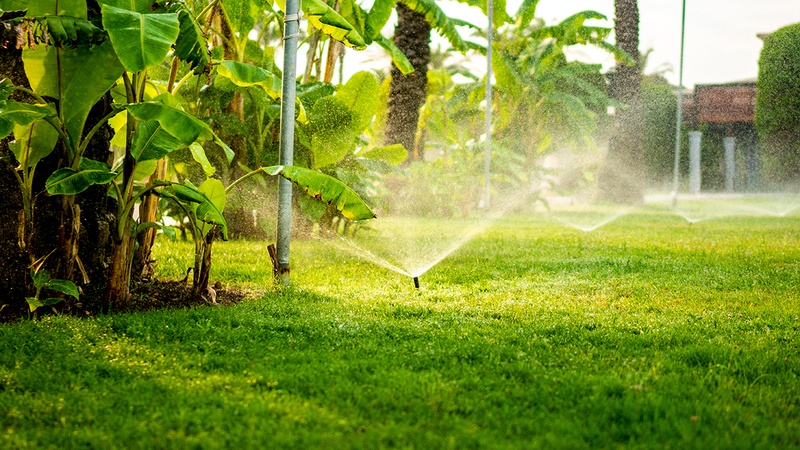If you’ve prepped your lawn properly in autumn, getting it ready for spring should be simple. Fall is when most of the work should be done. However, there are few things to keep in mind during springtime for a gorgeous lawn.
You’ll want to remove any debris that has accumulated. This is a perfect time to also rake up any matted areas of the lawn. Check to see if there are any fungus spots and treat those areas.
Centipede and St. Augustine lawns, two of our most popular breeds of grass, are very susceptible to large patch fungus disease. Avoid excess nitrogen fertilizer and water early in the day to avoid long periods of leaf wetness. Apply fungicides if you’ve had repeated problems with this disease.
Note: St. Augustine lawns shouldn’t be mowed more than one-third of the height. For example, if your grass is three inches tall, the maximum you should cut is one inch.
Test for Soil Acidity
Most home improvement stores and garden centers sell do-it-yourself soil pH tests. These tests are a valuable tool as you prepare your lawn for the summer. Harsh, long winters can cause the pH levels in your soil to become very acidic, which makes it difficult for most grasses to thrive.
If you find that your soil has a high acid level, you can spread a thin layer of lime over your lawn. The lime neutralizes the acid and makes the soil better able to support new grass growth.
Fertilizing
You probably don’t need to fertilize if you included that when you prepared your lawn in the fall. Cool season grasses, in particular, are good at holding on to fertilizer from autumn and using it all winter.
There is a good chance that your cool season grass is still utilizing the fertilizer from the fall throughout the spring and into the summer. Warm season grasses may need a fresh layer of fertilizer during the spring because they begin to soak up the nutrients as soon as the weather gets warmer.
Weeds
When selecting a post-emergence herbicide, make sure you follow label directions and that the product is approved for your particular grass type. Otherwise, you may injure or kill it. If you know that your lawn is prone to weeds, early spring can be a good time to apply herbicides to prevent weeds from developing. It’s easier to get rid of persistent weeds before they have a chance to form than to deal with them once they have fully matured. Getting rid of weeds is another aspect of lawn care that is more efficient if it is done in the fall.
Winter weeds are evident in dormant warm-season turf now. Apply spot applications of post-emergence herbicides or hand pull to control.





